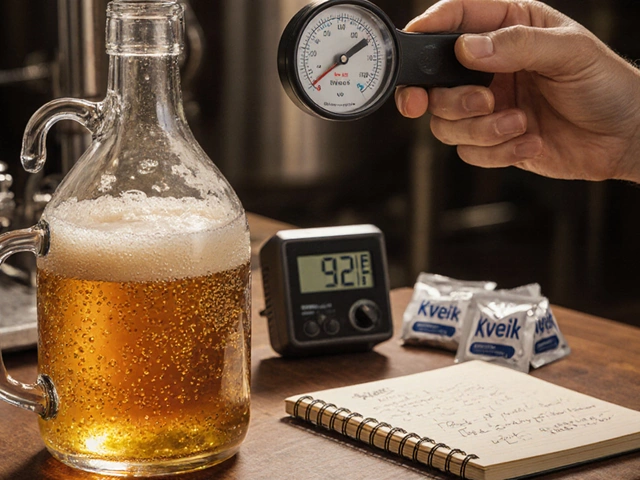German Beer: Your Quick Guide to Styles, History and Tasting
If you’ve ever wondered why German brews keep popping up at parties, you’re not alone. Germans have been perfecting beer for centuries, and the result is a lineup that’s both diverse and delicious. This guide breaks down the must‑know styles, a bite of history, and simple tips to enjoy each pint like a local.
Key German Beer Styles
First up, the classics. Pilsner (or Pils) is crisp, light‑gold and a little bitter – perfect for warm days. It traces back to the city of Pilsen, but German brewers gave it their own clean finish. Hefeweizen is the cloudy wheat ale you’ll spot with banana and clove aromas; it’s fermented with special yeast that creates those funky notes.
Don’t miss Kölsch, a top‑fermented pale ale from Cologne. It’s bright, slightly fruity, and served in a thin glass called a "Stange." Then there’s Altbier, a darker, copper‑toned brew from Düsseldorf. It’s smooth and malty, with a gentle hop bite. Finally, Bock families – traditional strong lagers. A classic Bock is rich and toasty, while a Maibock is lighter and brewed for spring.
Each style follows the German Beer Purity Law (the Reinheitsgebot) that limits ingredients to water, barley, hops and yeast. That rule gives German beers their clean, focused flavors, and it’s why you can usually tell a German brew apart from an American craft version.
How to Taste German Beer Like a Pro
You don’t need a sommelier’s kit to enjoy German beer. Start with a clean glass – a tall pilsner glass for lagers, a wide‑rimmed Weizen glass for wheat ales, and a small Stange for Kölsch. Hold the glass by the base, not the rim, so you don’t warm the beer.
Take a quick sniff. German brews often have subtle hop aromatics, so notice any floral, spicy, or fruity scents. Then, sip slowly. Let the liquid roll over your tongue to catch the malt sweetness, hop bitterness, and any yeast‑derived flavors like banana or clove.
Pairings are simple. A crisp Pils goes great with grilled sausages, while Hefeweizen loves light salads, fruit, or a pretzel with mustard. Kölsch pairs well with fish and seafood, and a rich Bock stands up to stews or roasted meats. The key is balance – match the beer’s body with the food’s intensity.
If you’re new to German beer, try a tasting flight: a small glass of Pils, Hefeweizen, Kölsch and Bock. Compare how each feels in your mouth and note the differences. It’s a fun way to learn without overdoing it.
Whether you’re at a Berlin bar, a Bavarian beer garden, or your own kitchen, German beer offers something for every palate. Grab a glass, follow these quick tips, and you’ll be sipping like a Berliner in no time.
Oktoberfest is the crown jewel of German beer festivals, held annually in Munich, Bavaria. This iconic event is renowned for its lively beer tents, traditional Bavarian attire, and an array of activities that celebrate German culture. Visitors from around the world gather to enjoy world-class brews, indulge in hearty German cuisine, and partake in the festive atmosphere. Exploring the history, tips for first-time visitors, and hidden gems of Oktoberfest, this article takes you on a journey through one of the world's most famous beer festivals.
View Details

